Irrespective of their past associations, many individuals are inclined to express critical opinions about their previous employers, especially regarding their actions subsequent to departure. Designers and artists, in particular, tend to voice their views regarding the work undertaken by their successors, particularly after a company opts for a completely new direction in both design ethos and promotional strategies.
Renowned designer Frank Stephenson, who has previously worked with McLaren, BMW, Mini, Ferrari, and Maserati, is critical of Mini’s recent endeavors. While he admires Ferrari’s Roma, Stephenson is not impressed with the new mid-engine Maserati MC20, developed by Klaus Busse’s team at Centro Stile FCA, as it falls short of being the spiritual successor to his 2004 MC12. The MC12, based on the Ferrari Enzo, was a successful GT racing car that was later transformed into a road-legal homologation special. Even though Maserati states that the MC20 with its twin-turbo V6 engine will perform well in racing, Stephenson believes that its design lacks distinctive features and artistic flair, signifying a departure from the original recipe.
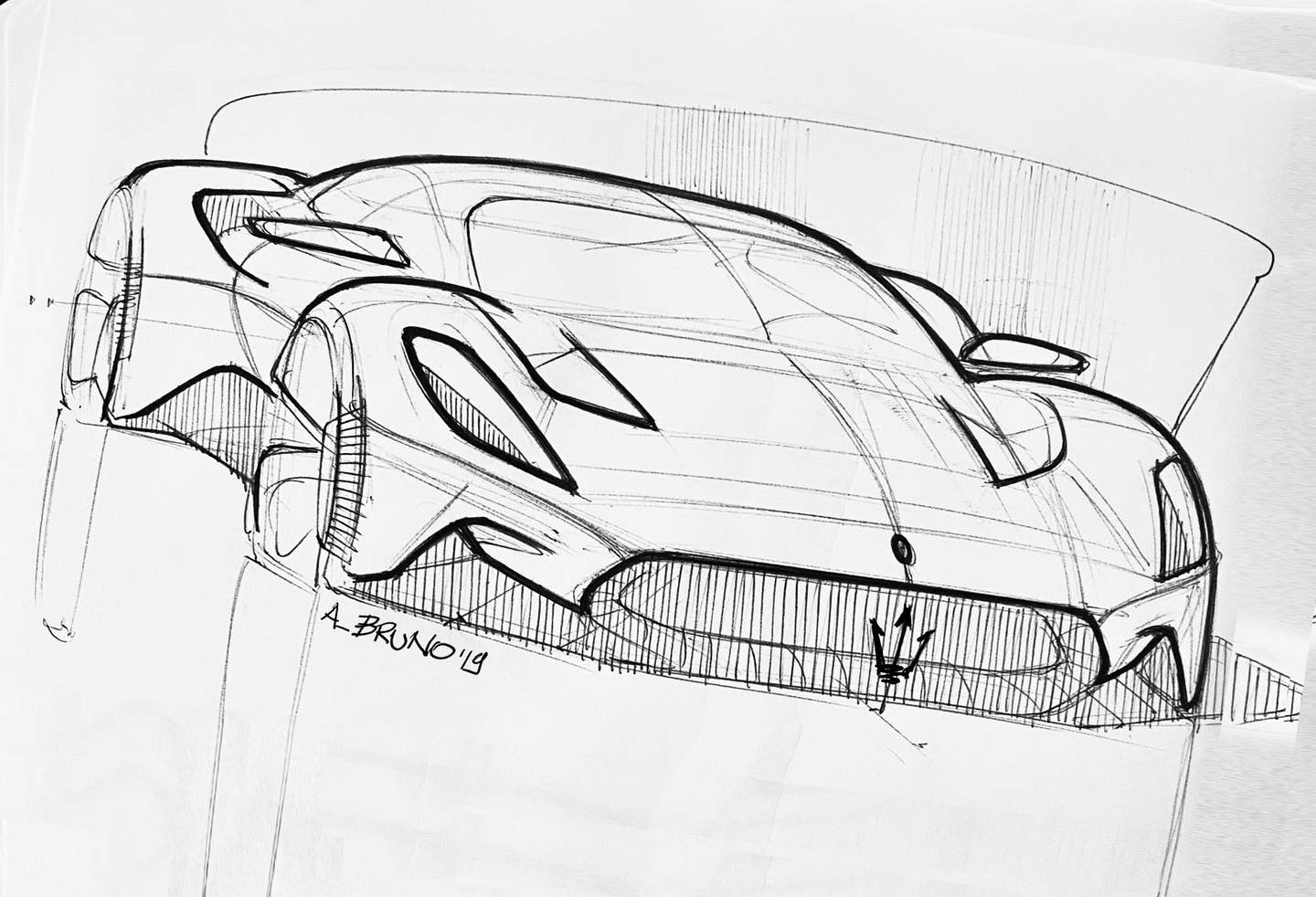
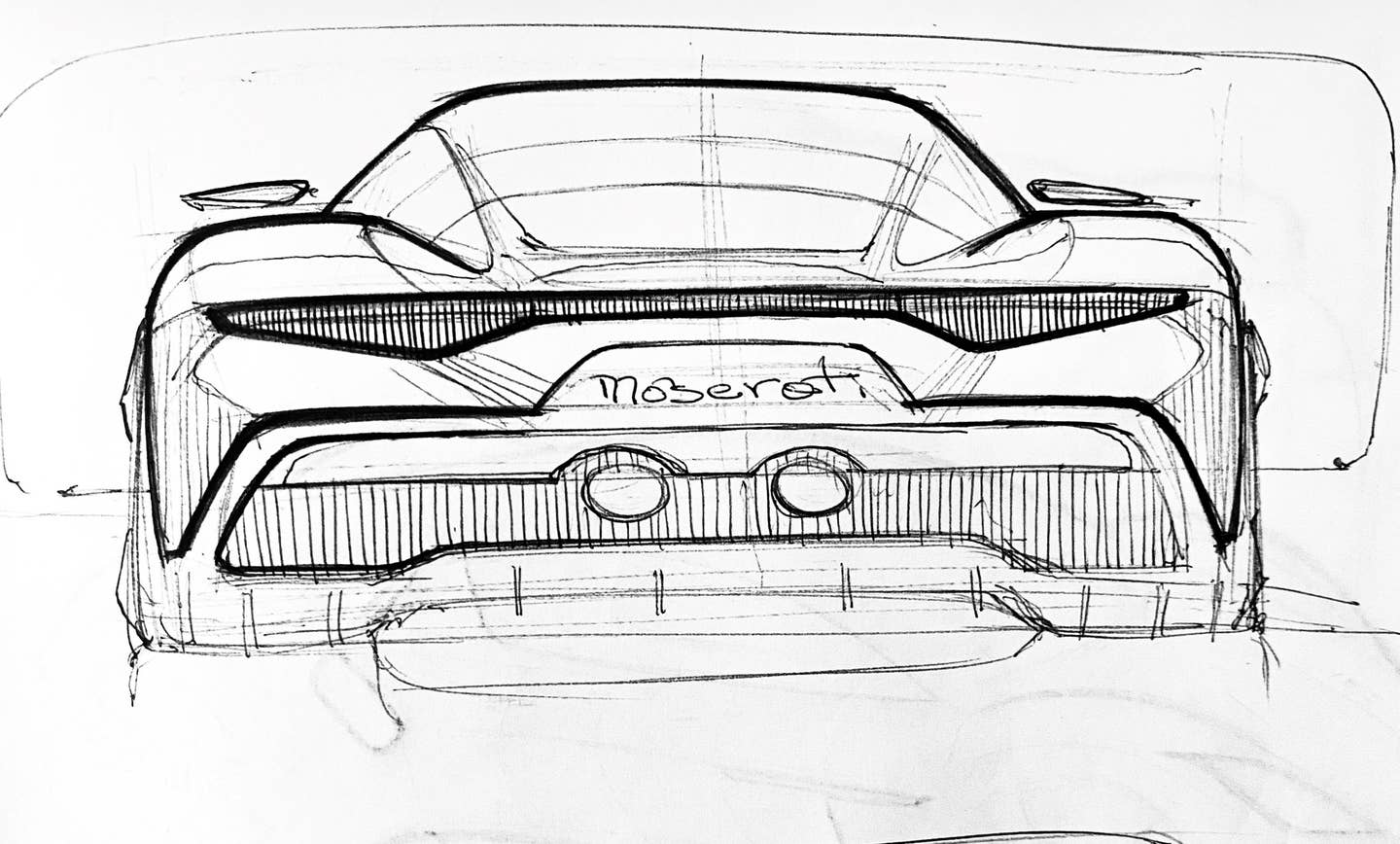
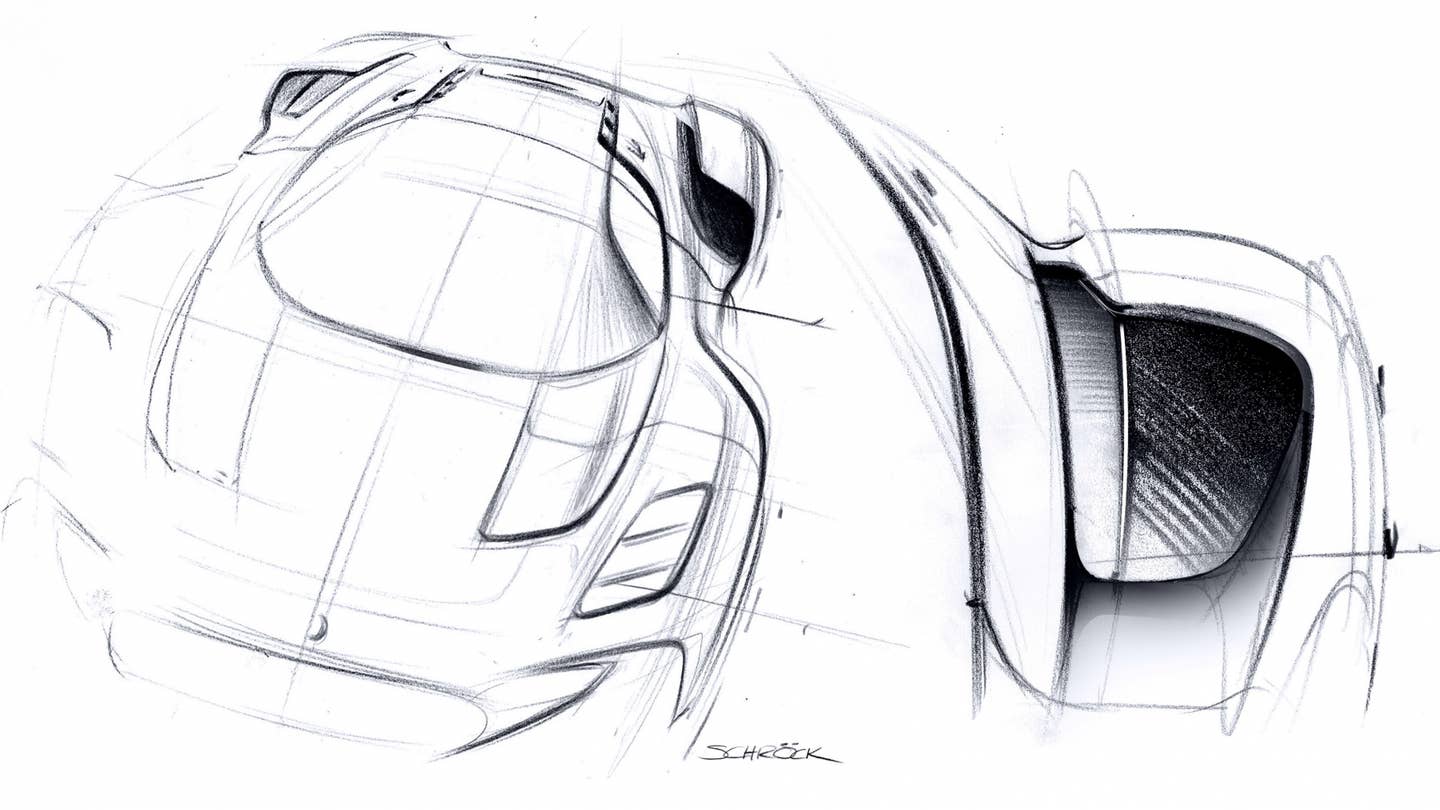
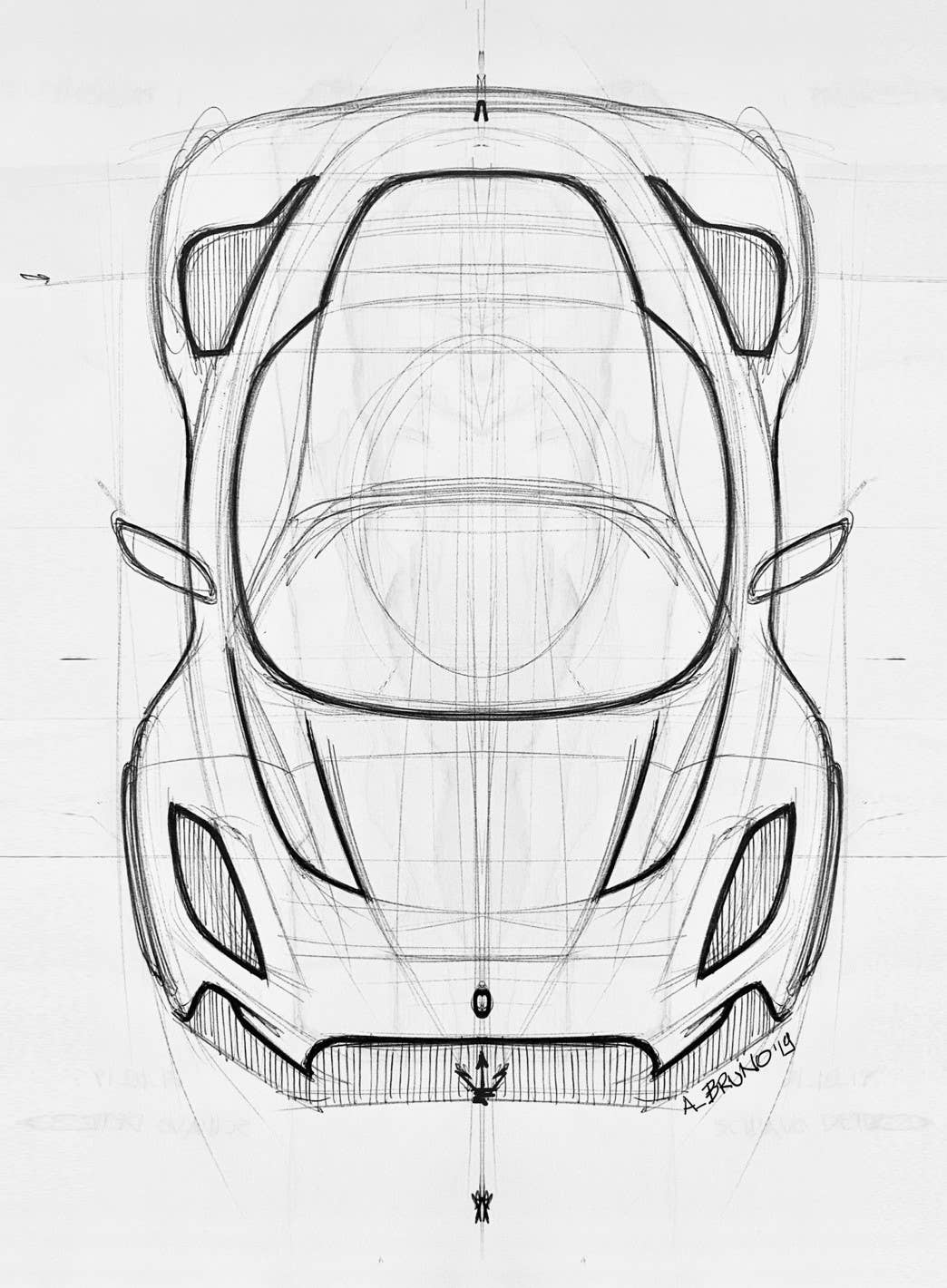
Observing the revised Trident emblem, the absence of the traditional concave Maserati grille, and the car’s mediocre drag coefficient of 0.38, Stephenson critiques the MC20 for its generic appearance, lacking the required excitement. According to him, the latest Maserati model demands a more thrilling aesthetic, and should it engage in competitive racing before introducing an electric iteration, Stephenson anticipates a more robust and distinctly Italian transformation, while retaining its commendable features like the hidden ground effect system and high-quality interior.
Receiving a 7.5 out of 10 rating from a former colleague might not be catastrophic, but it should be noted that designing the MC20 from scratch was quite different from Stephenson’s experience crafting the MC12 around the predefined structure of the Ferrari Enzo’s carbon fiber monocoque – a phase filled with ample drama.
While Stephenson has shared his opinions on the MC20’s design, the most surprising revelation in this narrative is the account of his early days as the inaugural director of Ferrari-Maserati Concept Design and Development in 2002. Stephenson had the task of conveying, to the revered Giorgetto Giugiaro, his displeasure with the iconic boomerang taillights of the Maserati 3200 GT. In truth, it was his superior who disapproved of them. If you consider that the subsequent 4200 GT’s rear was marred due to Giugiaro’s response to this twist of fate, perhaps we can attribute this misstep to then Ferrari and Maserati head, Luca di Montezemolo, who was known to veto numerous propositions during his tenure.
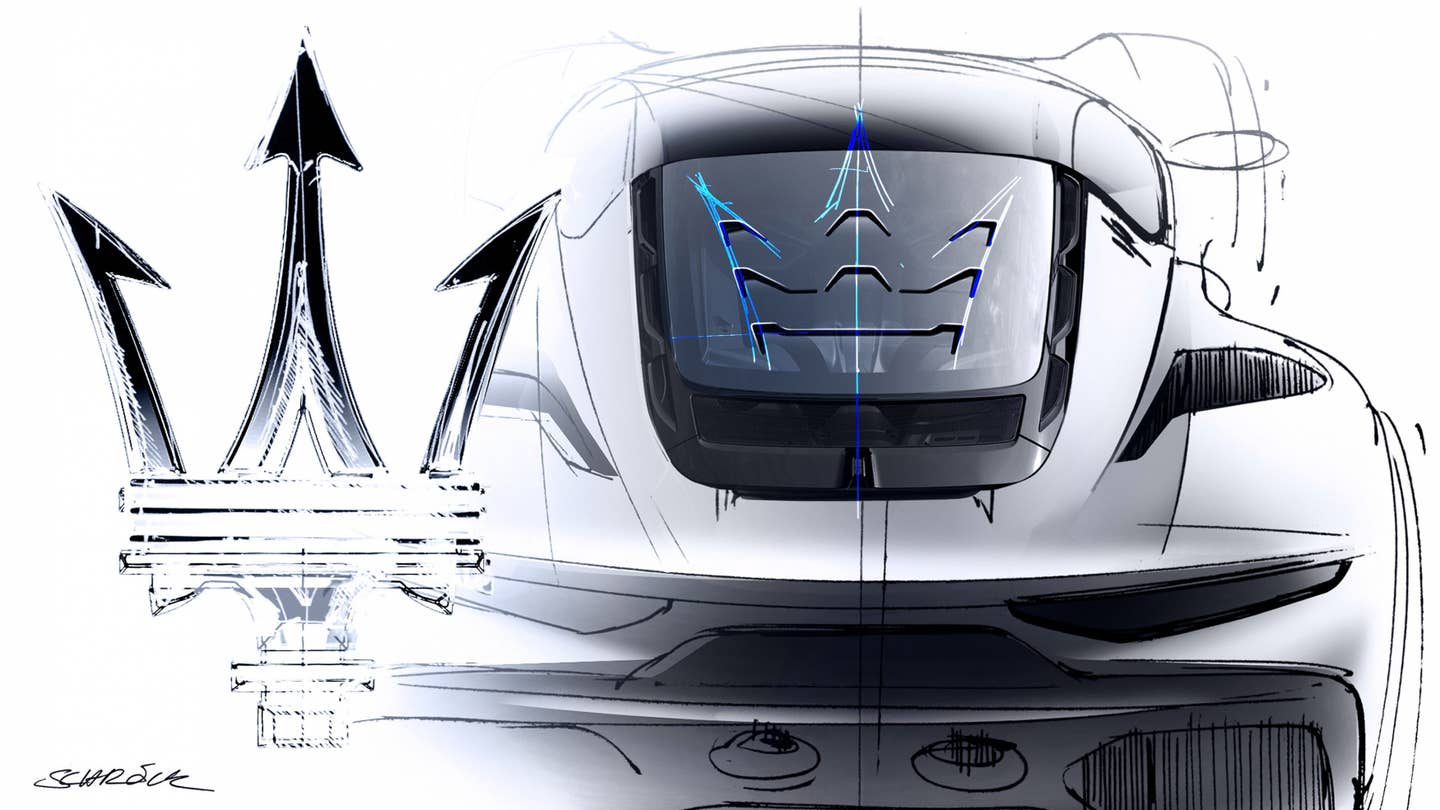
Maserati
Have a piece of information to share? Reach out to us at: tips@thedrive.com
[ad_2]

